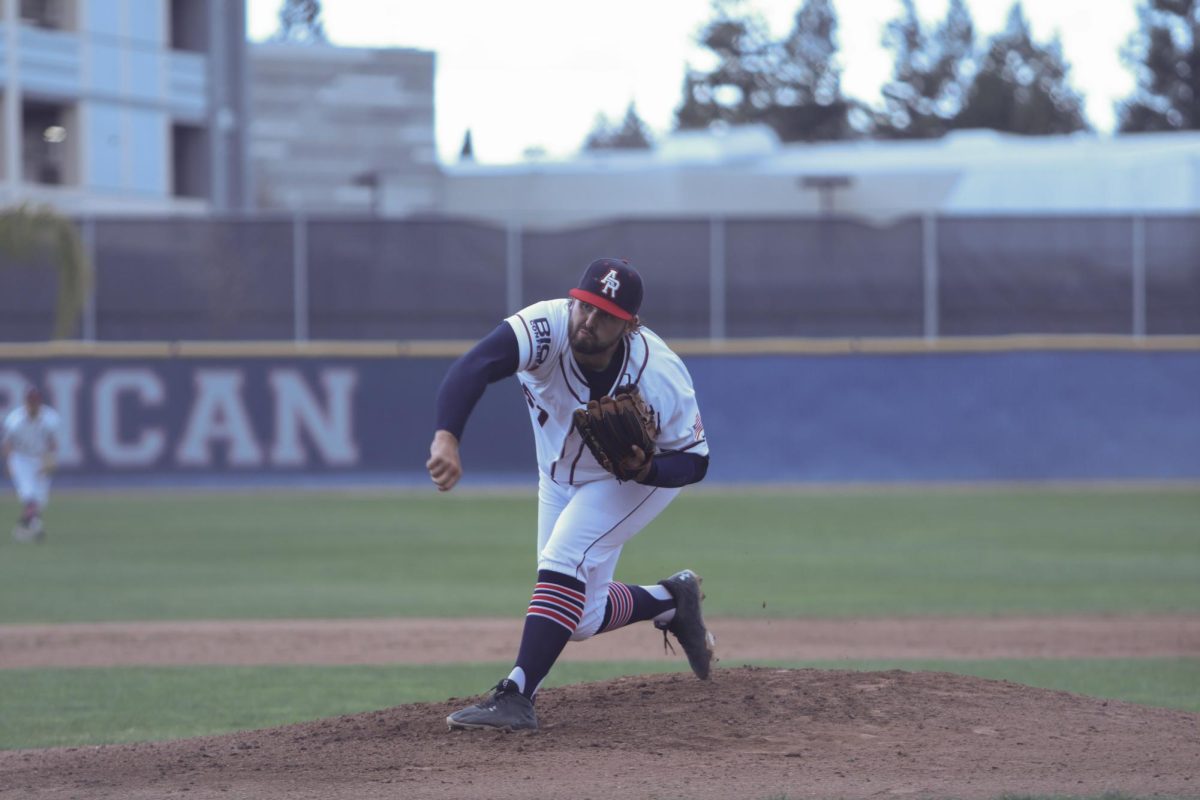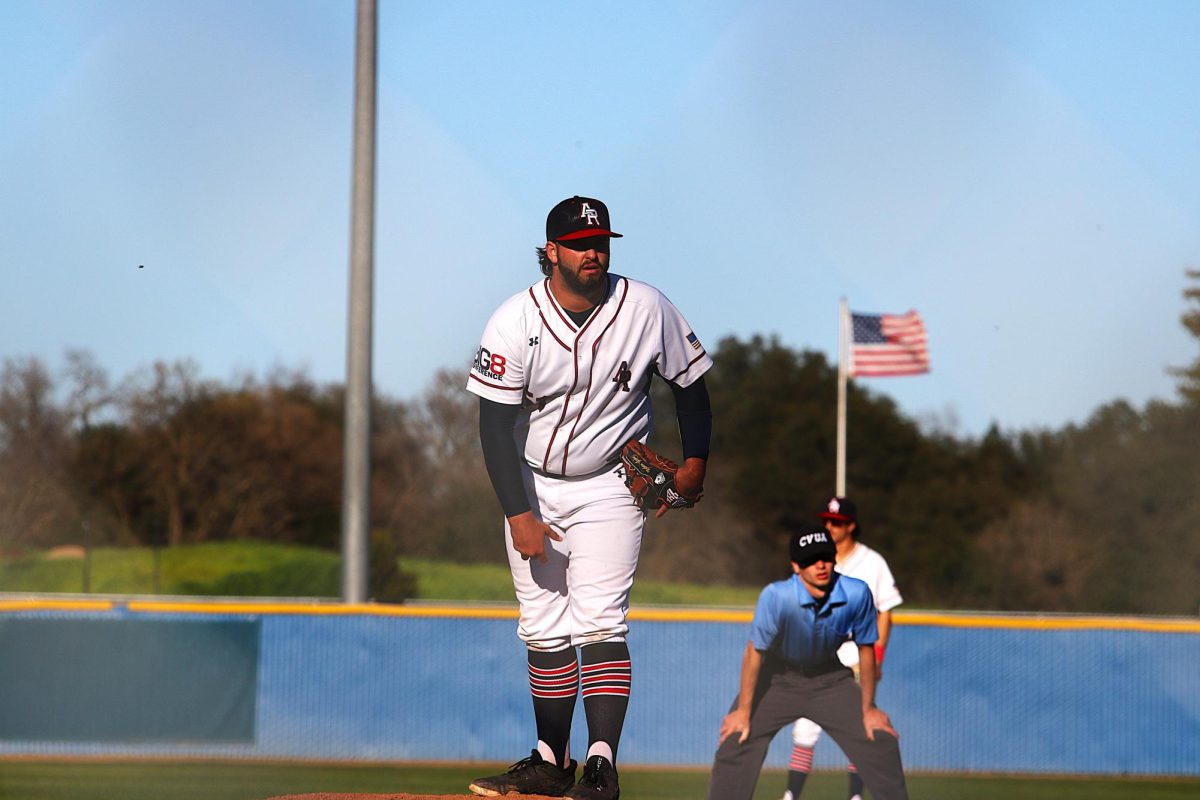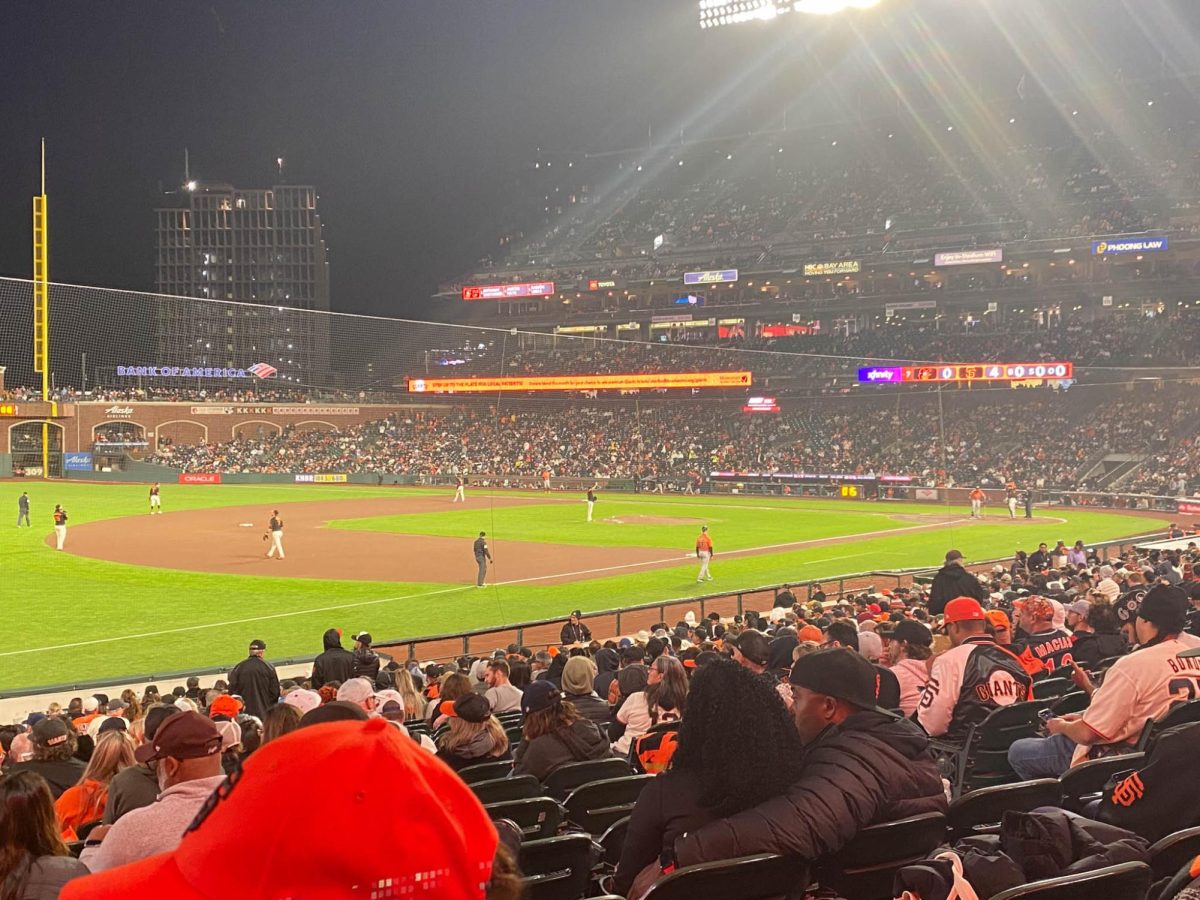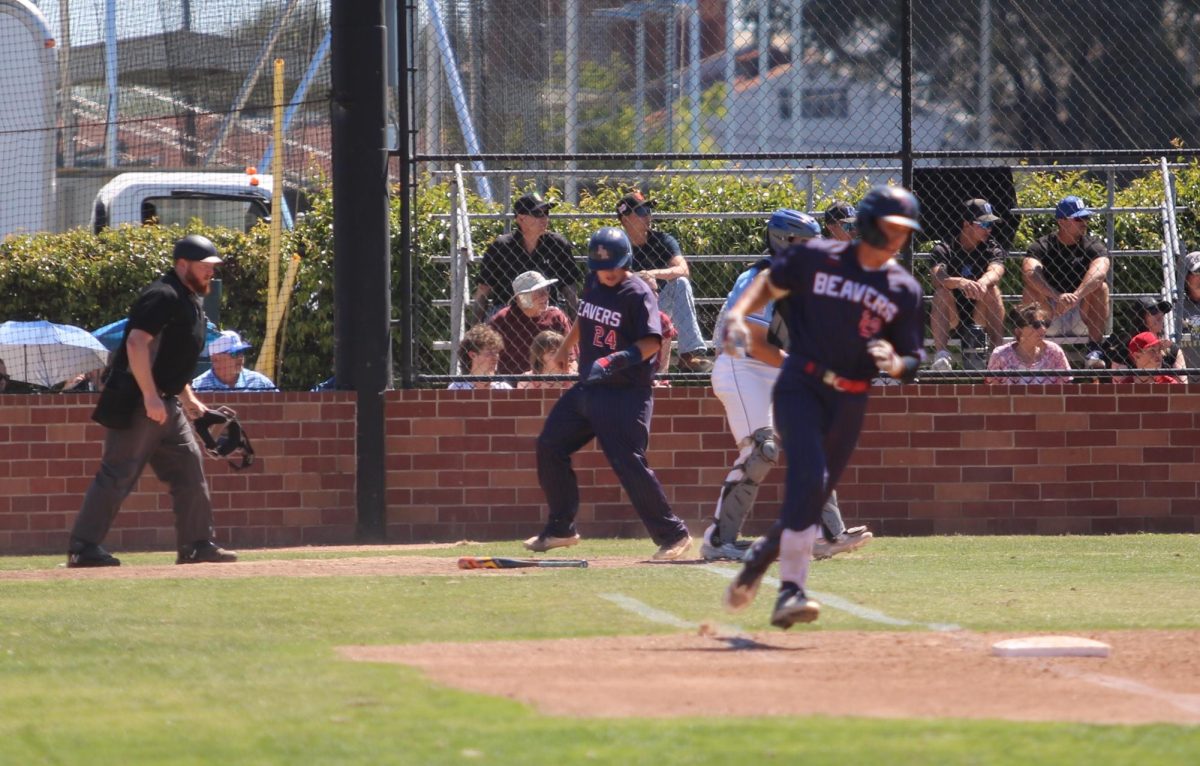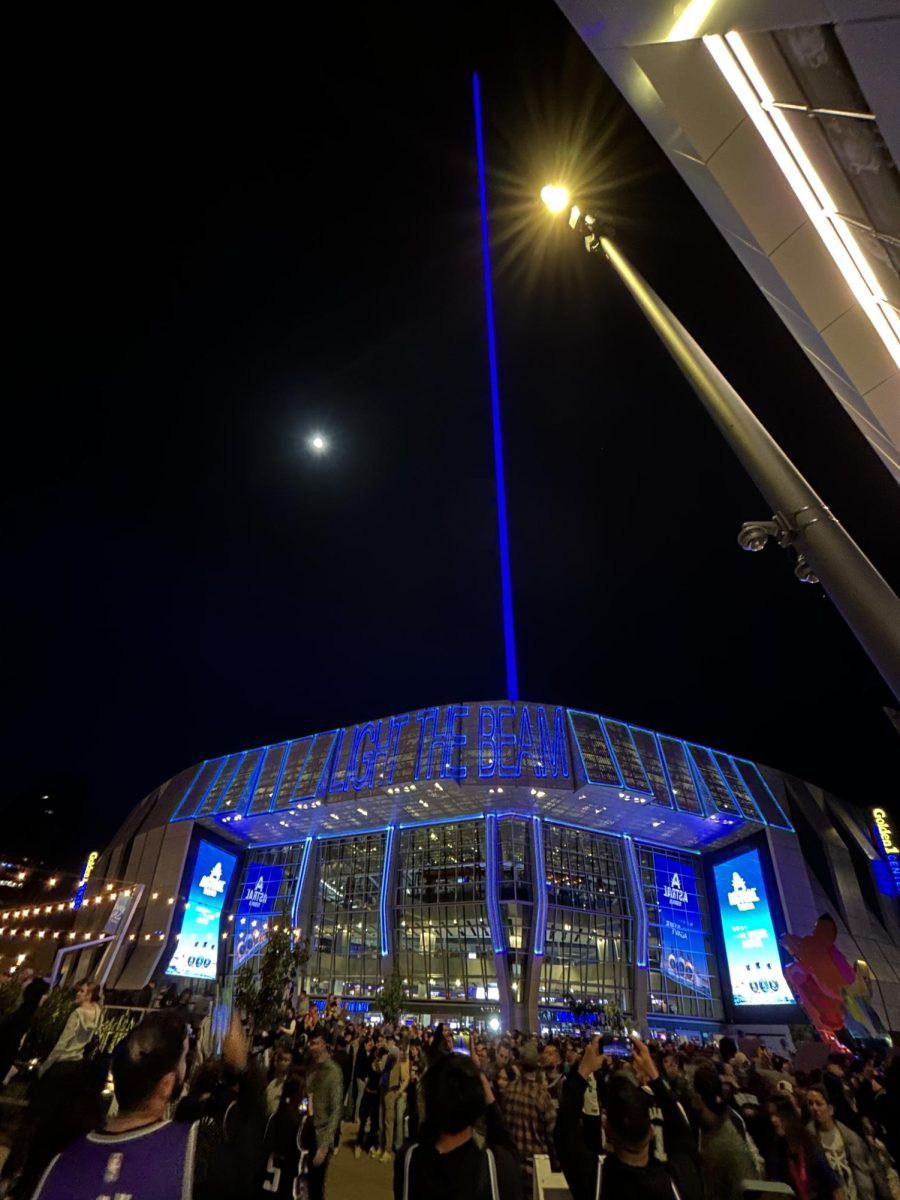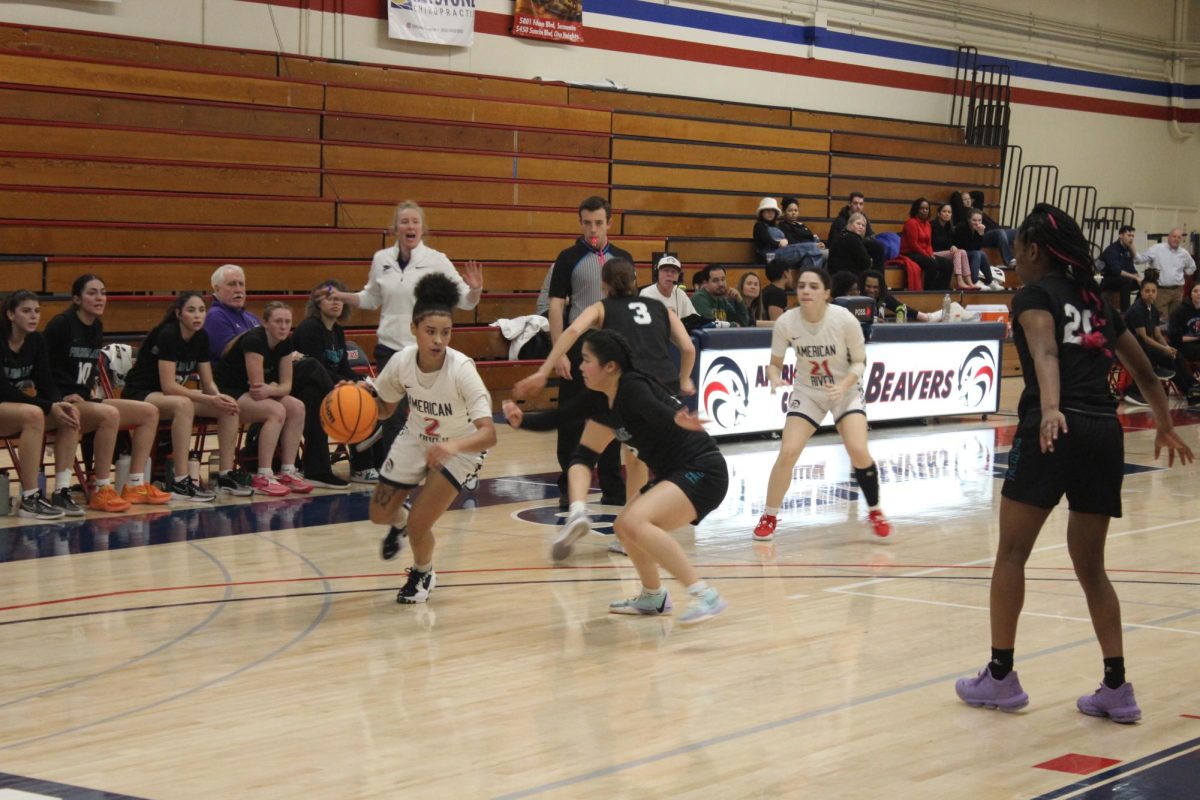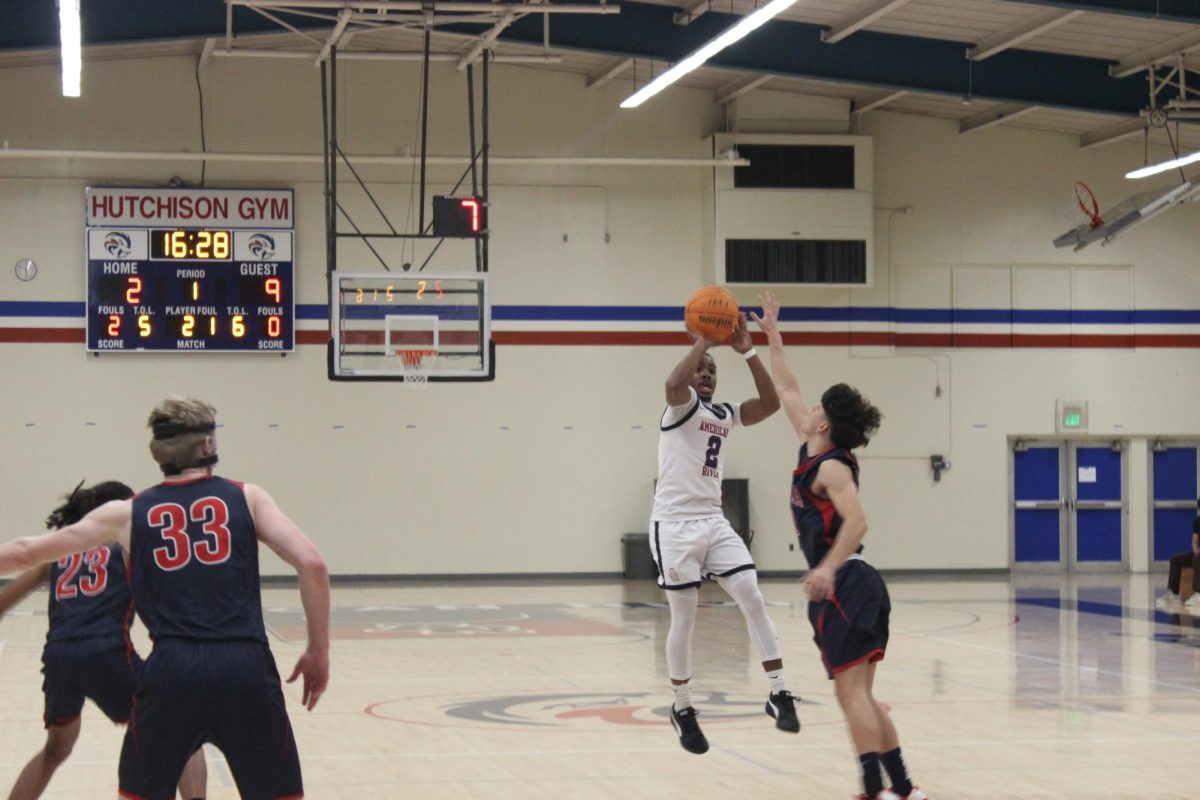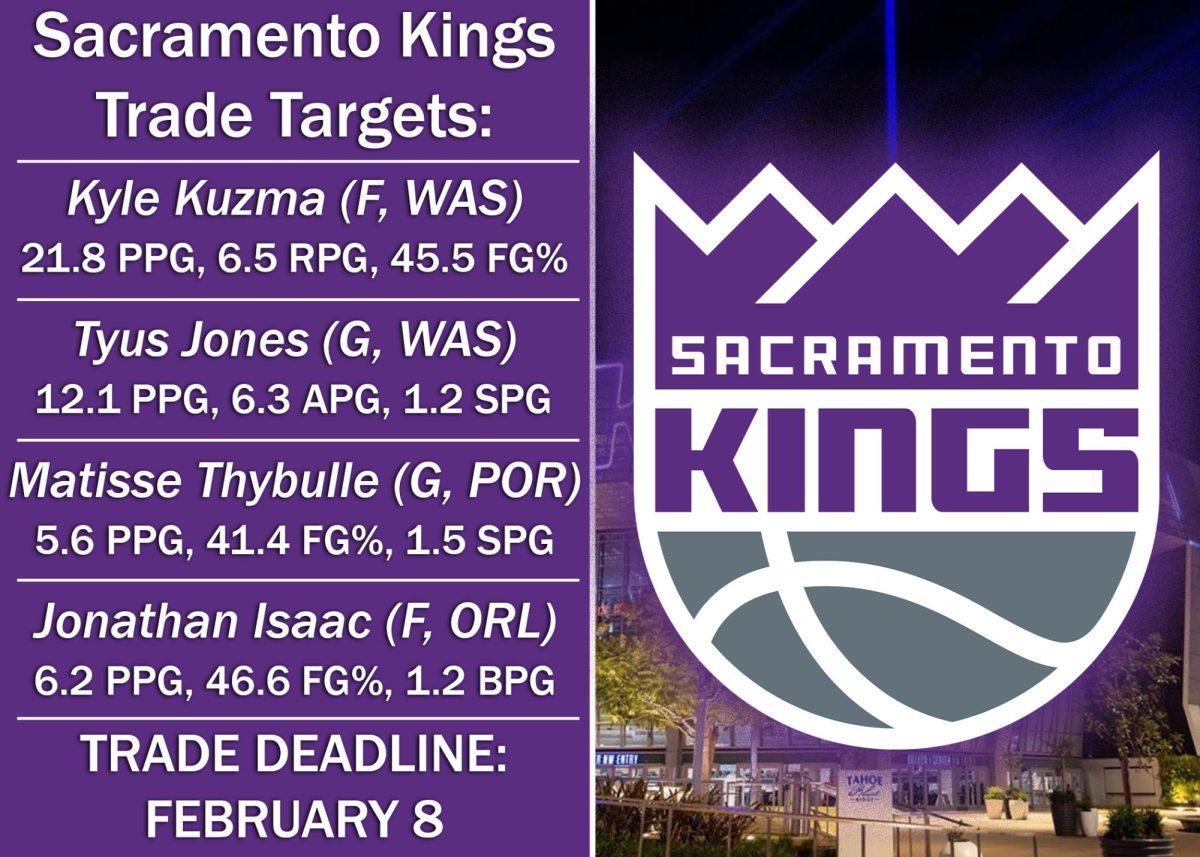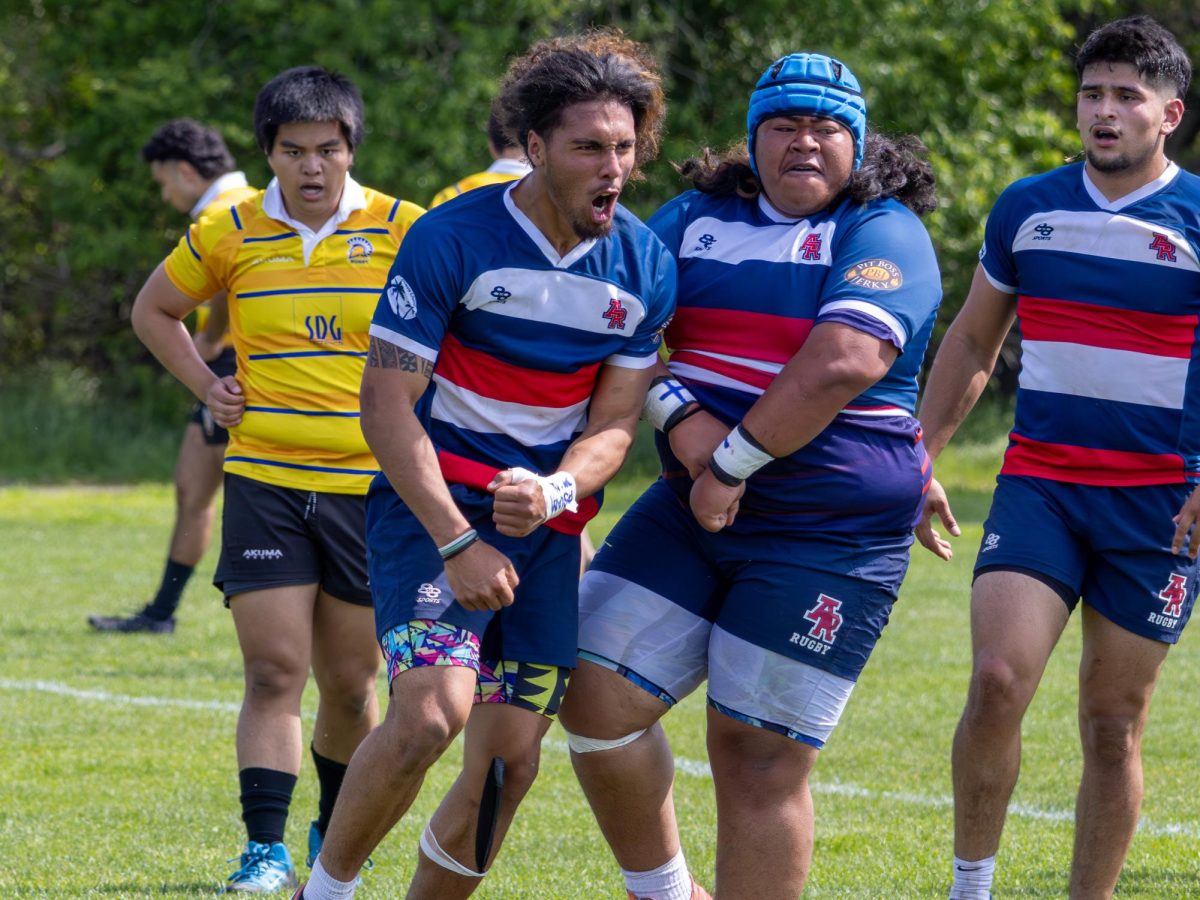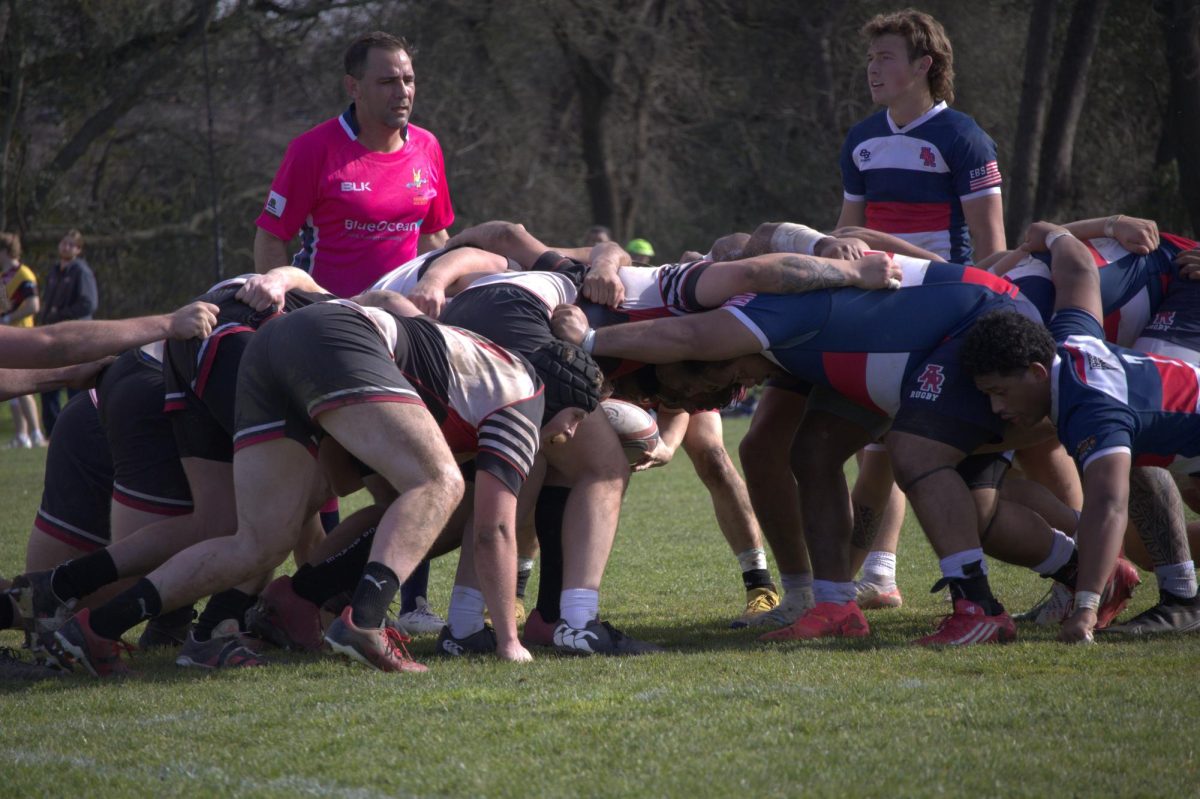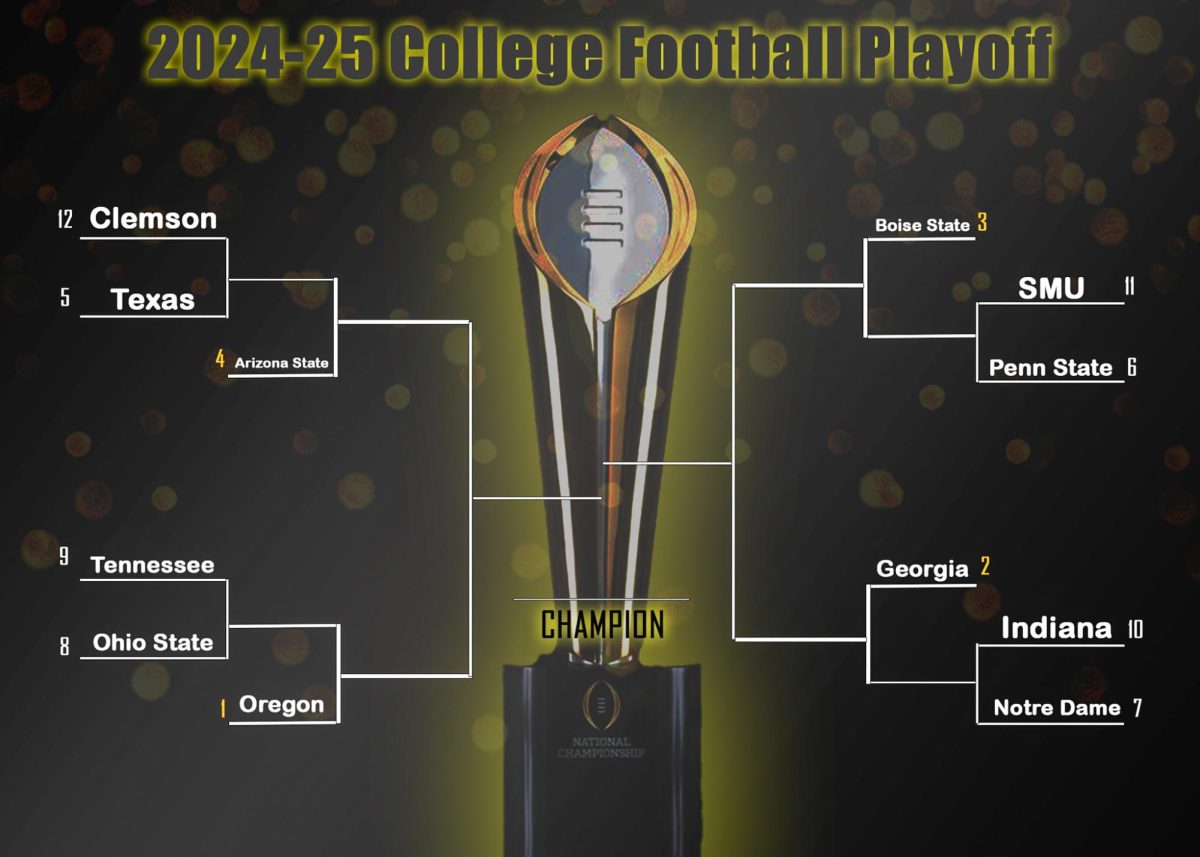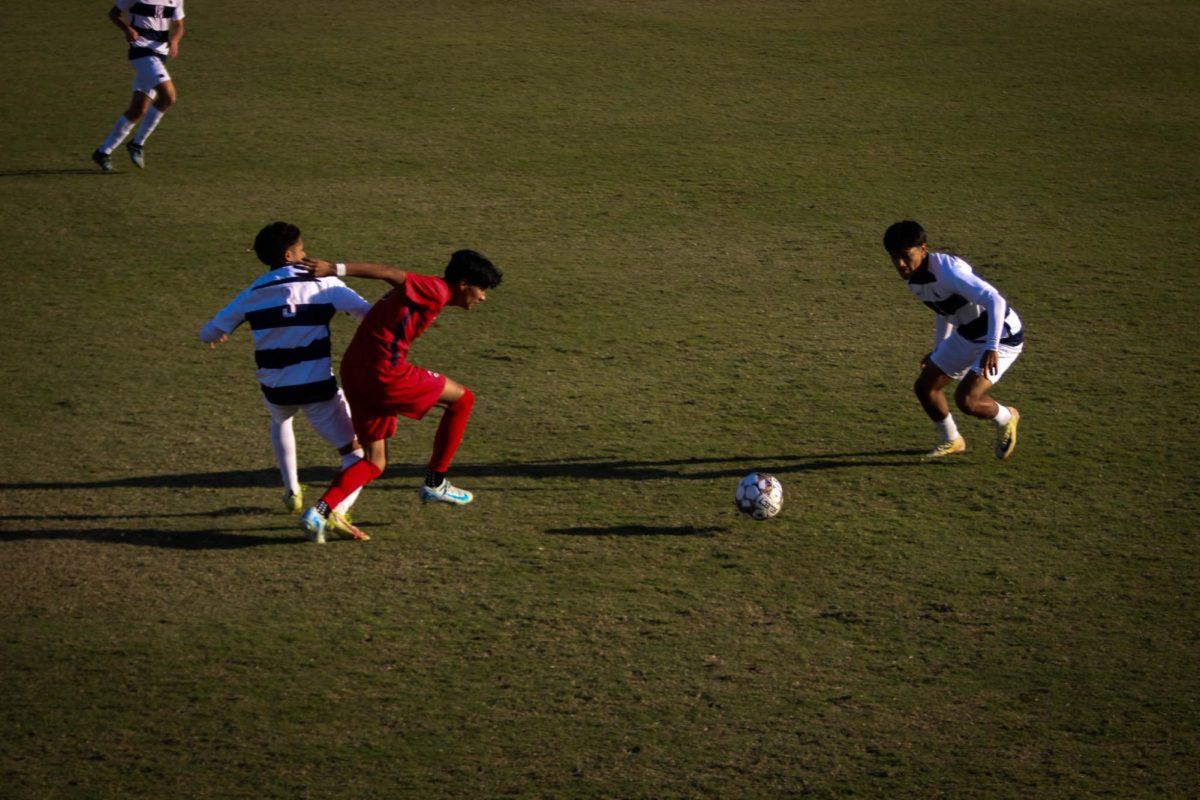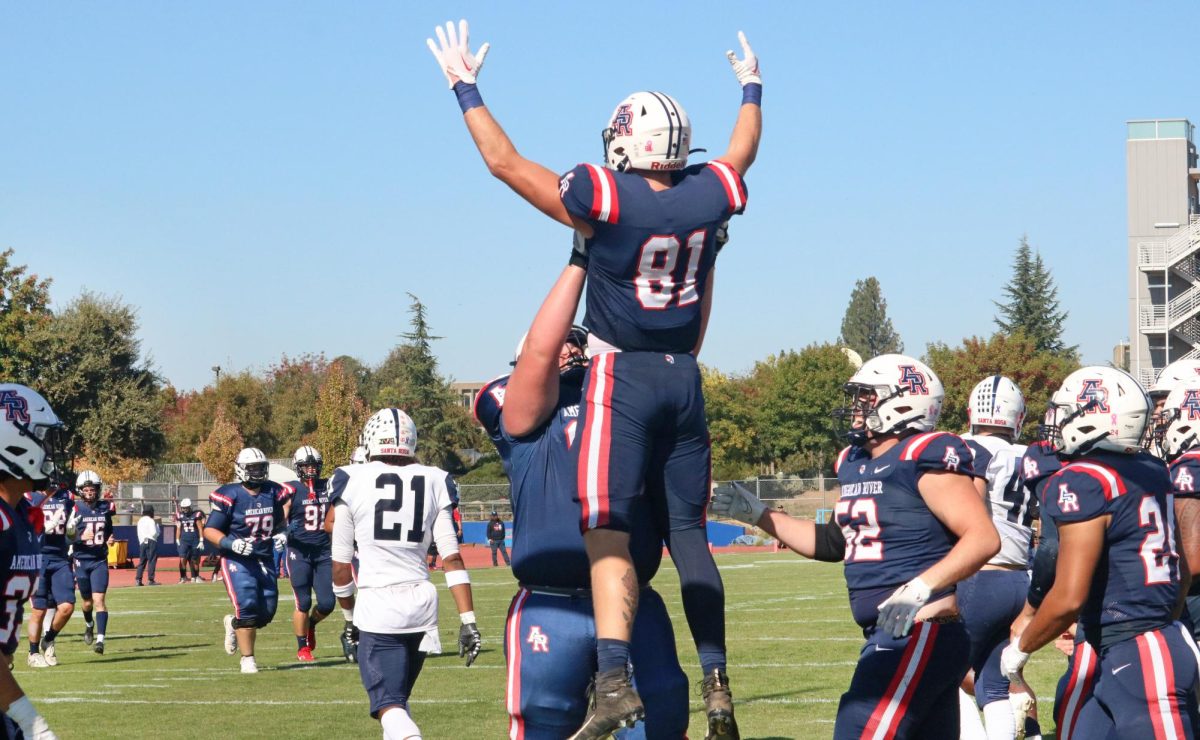By Brooke Purves and Ed Gebing
“I used to wear a uniform just like that,” said American River College basketball coach Mark Giorgi when showed a 1980 picture of former ARC basketball players wearing close-fitting short shorts. Uniforms for nearly every sport played at ARC have undergone some change in the last 30 or 40 years, and those changes are usually remarkable.
The biggest shift was from the wool or cotton uniforms to spandex or stretch-knit designs.
“I think that’s a positive change. (The fabrics) are a lot lighter, they’re more comfortable, they allow the body to breathe better,” said Giorgi.
Many athletes today prefer the modern fabrics, and utilize Under Armour garments and Nike Dri-FIT clothing to practice and play in.
“It was once upon a time the feeling that a lot of cotton in a uniform helped absorb moisture, and then people realized that yes, it absorbs, but it stays in the material and sometimes causes an athlete to overheat a little bit, or stay wet,” said Greg Warzecka, athletic director at ARC. “The Dri-FIT material allows the moisture to fall off or ventilate the material so athletes playing in the heat can stay a bit cooler.”
Jerseys for nearly every sport have a closer fit now too, providing less material for an opponent to grab, or for an athlete to become entangled in.
“Uniforms are really meant to distinguish the difference between the two teams, not for any other purpose than that,” said Giorgi, “but they’ve evolved into who’s got the coolest looking uniform, who’s got the longest shorts.”
Baseball:
“ARC never transitioned to colored socks like many other schools did 15 years ago,” said Doug Jumelet, head baseball coach. Instead, players retained the traditional stirrups and pulled them up to show a bit of the white sock underneath.
Jumelet said the team has “stayed true to form over the years,” and hasn’t gotten “sucked into the trends” that even pro ballplayers have, such as pulling the bottom of the pant leg down over the cleat, wearing pants ultra-baggy or wearing a flat-billed cap.
Basketball:
Today’s basketball shorts are much longer than the brief-like shorts worn for much of the 20th century. Players in the ‘80s started wearing the waistbands low on the hip, but that made it difficult to keep jerseys tucked in. In the late ‘80s and early ‘90s, Michael Jordan and the Fab Five players at the University of Michigan requested longer shorts, according to nba.com. Shorts now typically touch or cover the kneecaps and billow with fabric.
Fashion on the basketball court seems to be distinguishably shaped by its athletes. “I think that has a lot to do with the change in society. Kids … want to look good,” said Giorgi. “They’re worried more about how they look than how they perform.”
Volleyball:
While the traditionally baggy volleyball uniforms allowed for movement, they could also bunch up and interfere with play, “particularly with the long-sleeve tops of the ‘80s and ‘90s,” said ARC volleyball coach Ashlie Hain. Sleeves are still long, but the fabric fittings tighter, aiding the athlete during play. “If (fabric) bunches on your shoulder, that’s going to affect your arm swing,” Hain said. “So the sleeker and tighter it can be, the less it will affect your skills.”
Shorts have always been short so as not to restrict the player’s movement while diving and reaching, and at times have appeared as little more than underwear. The short shorts of today are actually longer than the bikini briefs some teams wore in the ‘90s.


